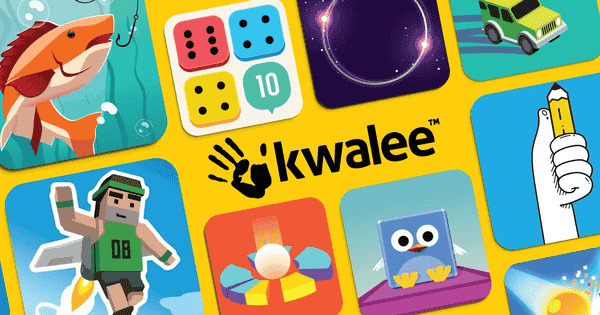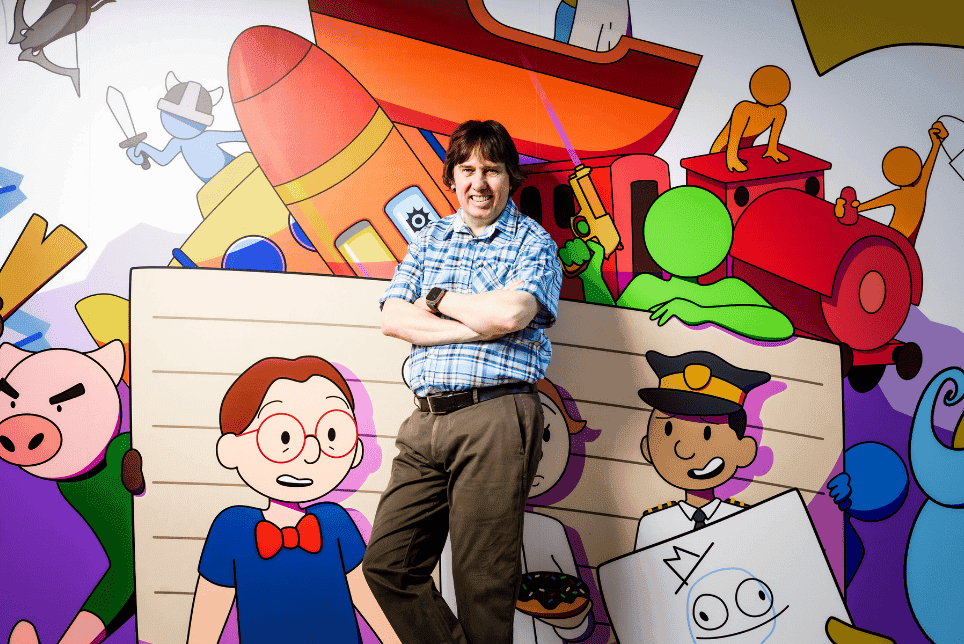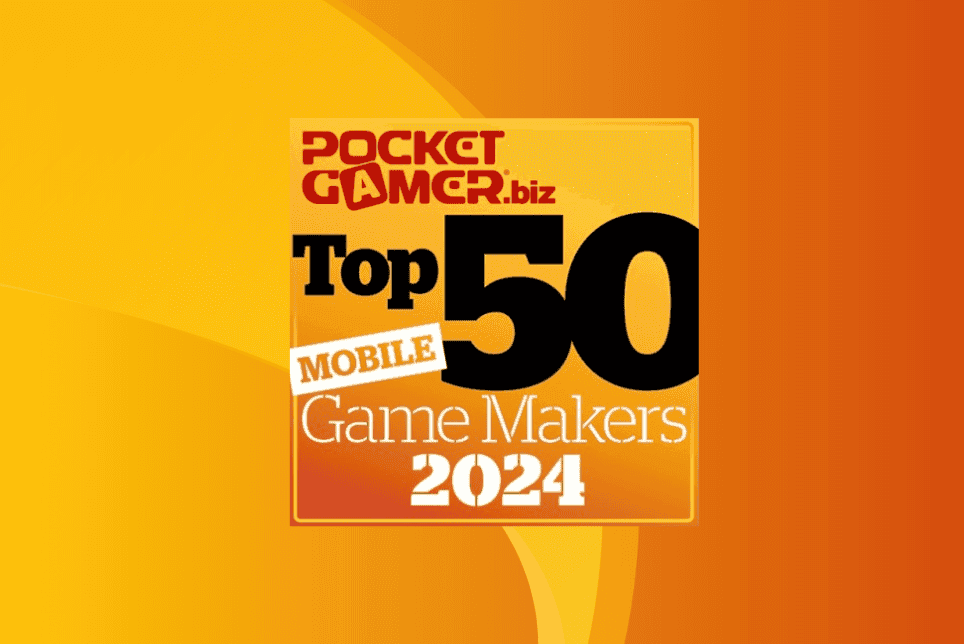What are Hybrid games and how are they made? How are Hybrid Casual games different from Hyper Casual games? We've explained it all right here.
In the ever-evolving world of mobile games, a new star has emerged: Hybrid Casual games. They're bridging the gap between the short-lived thrills of Hyper Casual games and the immersive depth of Casual games. Let's dive in.
The term "Hybrid Casual" has taken mobile gaming by storm. Hybrid games have become ubiquitous with post-pandemic growth and it covers a genre that takes what worked in Hyper Casual, and attempts to extend user engagement and lifetimes with mechanics taken from Casual gaming. But that's a mouthful; let's break Hybrid Casual games down.
Generally, Hyper Casual games are accessible, easy to understand, and eye-catching! Their "snackable" nature is what made them so attractive to players who can spare only a few minutes to play.
On the flip side, players lose the incentive to return to Hyper Casual games as they've maxed out the fun of the simple gameplay after a few hours to a few days. Once they've played it, they've "played it all". This is why in Hybrid games there's an emphasis on more features, each with more depth and content to unlock for users, as there is in Casual games (think Candy Crush and Royal Match). The additional, deeper features lead to higher engagement and a longer user-lifetime as there is always something new to achieve and do.
Hybrid Casual games succeed in making the player feel:
- Invested in the game mechanics they're playing, building and using
- Compelled to keep playing to maintain what they perceive as a valuable investment
- And finally, engage with the game for weeks, months and years, because that is what it takes to accomplish everything
Inherent to Hybrid Casual gaming is the assumption that user acquisition costs have permanently increased and so to afford to purchase new users, the game needs to be able to monetise more aggressively (e.g. shifting to In-App Purchases) or by monetising over a longer period of time.
Hybrid Games Vs Hyper Casual Games
The key difference is the addition of a metagame. A metagame is a set of systems and mechanics that wrap around the core gameplay, and add new features and depth to the app. Hyper Casual games either had no meta or tightly wound the core game with a meta into a single package of fun. In contrast, Hybrid games marry long term, deep meta mechanics to the bitesize and simple core game to get the best of both worlds.
Games of various platforms and types can inspire metagames to take the form of different meta layers. Narrative, collector, raiding, building, decorating, and roleplaying, to name a few. As developers explore new options in the Hybrid Casual space, so too will they discover newer and more engaging meta layers.
It's also worth mentioning that:
- Metagames are not inspired by Casual games exclusively
- This gives space for developers to invent new meta layers to supplement their Hybrid Casual games
- The introduction of a metagame allows a world of new monetisation, such as monetising on different time frames across the multi-month and year user lifetime
These are some of the opportunities that Hybrid metagames allow:
- Introducing carefully balanced and dialled in economies that have taps (what creates your resources) and sinks (where your resources are used)
- Selling "frustration alleviation" by designing bottlenecks and pain points so that users are willing to watch an ad or make a purchase to remove them
- Selling "speed" and allowing users to catch up in competitive games
- Selling "progress" and "entry" by limiting how much a user can play by default
- Selling unique items so users can personalise and express themselves in the game
This is one of the main reasons why Hybrid Casual games are so successful with IAPs. While not all Hybrid Casual games have this monetisation scheme, the deeper level of engagement allows new methods of monetisation versus Hyper Casual where:
- Developers must rely largely on ad revenue to be successful
- The games themselves are generally designed to entertain users for shorter periods
What's An Example Of A Hybrid Game?
Hybrid Casual games encourage players to funnel complex resources through the game economy. This is done conveniently via the metagame.
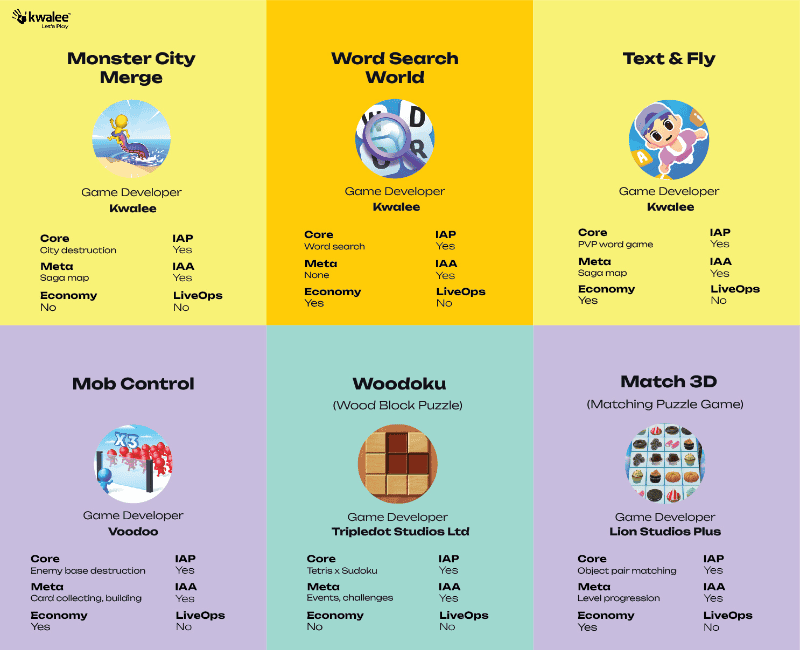
As an example, Fitness Club 3D makes use of the gym theme to offer players a plethora of ways to spend resources. So it's a base-building metagame where players can buy new gear, hire new trainers, and expand new rooms.
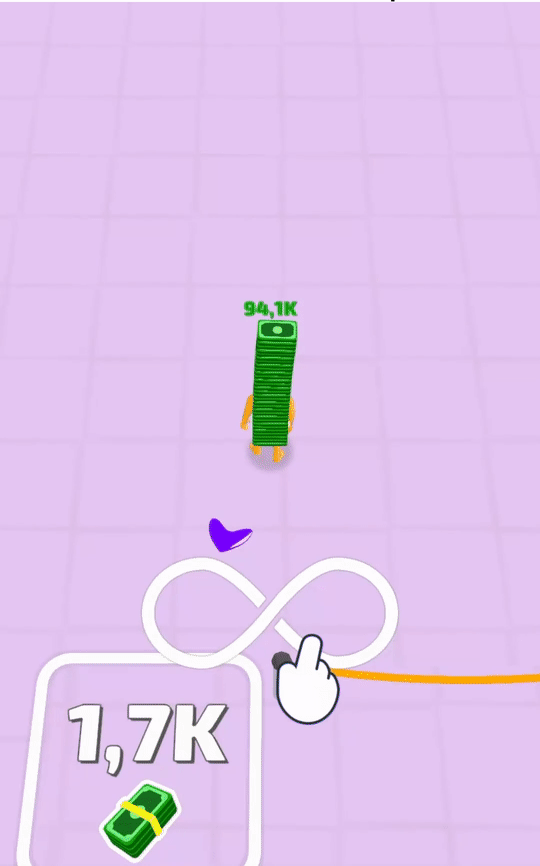
However, players have to grind resources for long periods to let the club run itself. So players can purchase character boosts and club upgrades to amp up their progress.
Another example is Perfect Coffee 3D. Players can use the money they collect from their customers to build their own cafés or spruce up their barista skills. This can include adding decor, setting more tables, and buying new ingredients to make more interesting drinks.
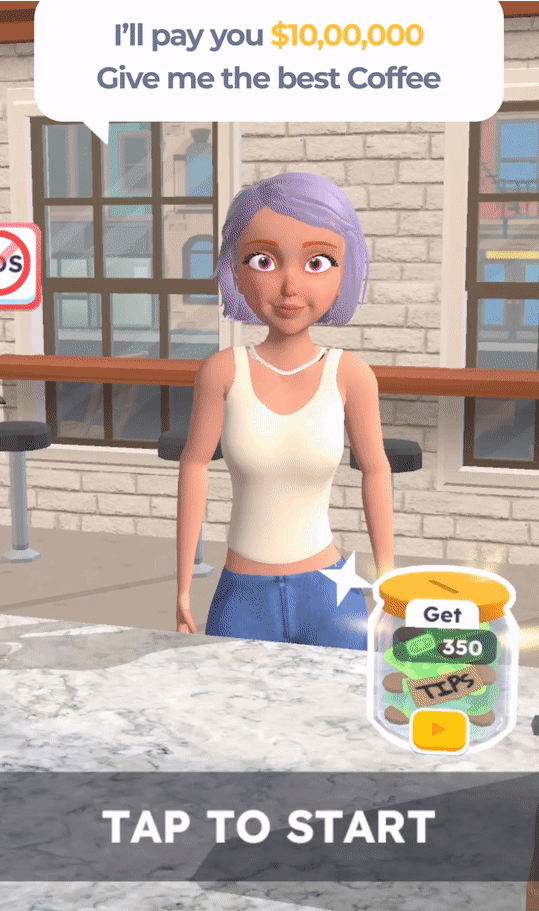
Are Hybrid Casual Games Replacing Hyper Casual Games?
To put it simply, no. While many developers are actively pivoting to Hybrid Casual games, one theory is Hybrid games will expand the market by allowing a new genre to form. That being said, some might argue Hybrid games are stealing ground from both the Hyper Casual segment and more traditional Casual games.
As the monetisation strategies are built around the metagame itself, players are incentivised to use them and speed up progress. Hence, players who install Hybrid Casual games come for the Hyper Casual-like experience but stay for the metagame.
Can You Convert Hyper Casual Games Into Hybrid Games?
It's easier said than done, but it's absolutely possible. Generally, there are two factors to consider when "hybridising" a Hyper Casual game:
- Retention: Does the Hyper Casual game have any space for you to introduce a meta layer? Metagame is often a reason why players stick around.
- Playtime: If the players spend a long time playing a Hyper Casual game in one session, then it indicates that the game's mechanics can be built on with more hybrid elements.
You could also plan ahead for future Hybrid elements when first developing a Hyper Casual idea. This way, you can potentially turn it into a Hybrid game in the future without any hiccups. Doing this reduces the chances of superimposing content on your game, which takes more time and effort if it's unplanned. Note that this is not the only way to make great Hybrid Casual games.
3 Tips For Making A Hybrid Casual Game
While there are many factors to consider, these points may help push you in the right direction with developing them:
- Hybrid Casual games are not a new genre; the market is full of games that use these principles. That said, there's space to innovate. With efficient market research, the right theme and innovation, you can make your mark in the genre.
- Hybrid Casual games allow for artistic freedom, so presentation does matter. Think of an art style that grabs attention, then use it well for your gameplay and ads.
- Speaking of ads, they still play a strong role in marketing Hybrid Casual games. They must grab the user's attention in the first few seconds. So it's worth building your prototypes with "ad-worthy" gameplay moments.
Do You Have The Skills To Make Quality Hybrid Games?
Want to design mobile games that will entertain players for months and years? Kwalee's Hybrid Casual Game Development team is hiring top industry talent for a range of roles, in our studios in the UK, India, China and Portugal, as well as remote opportunities worldwide. We're proud to have nurtured a creative prototyping environment, where everyone is encouraged to pitch their ideas and work in empowered, small teams. With great benefits and actively developed tools and tech, Kwalee is a great place for your game development career to flourish. Find out more about our , and to make your application.
If you're a games studio with a Hybrid Casual game, live on App Stores but are finding you may need further support to take it to the next level of success, read on.
It's an interesting experience to make a Hybrid Casual game, but publishing it is a different story.
That's why mobile game publishers can support you. They have a knack for turning games into chart-topping successes in the market. It's best to look for those with:
- A gaming portfolio that has millions or billions of downloads worldwide
- A track record of building strong and supportive relationships with their game developers
- A team of industry experts ready to offer expert game development advice.
Kwalee is expanding its gaming portfolio through Hybrid Casual games. Our expert marketing has powered over one billion global game downloads, and we're actively looking for developers to partner with to top the charts with Hybrid Casual hits.
Want to find out more? Unlock gaming innovation and explore Hybrid Casual games' unique features with Nilay, Head of Product at Kwalee, below.
There's no time like the present – send your Hybrid Casual App Store link through , and we'll get in touch with you. Interested in sharing your experience or writing a guest post for us? Chat with us on our social media ( | | | | | ) and we'll consider something for you! Share this article with game lovers and let them know how it can help them discover or develop a brilliant game!


